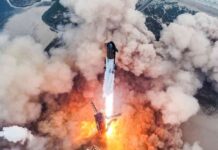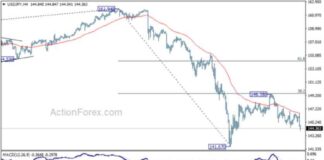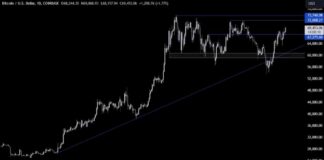Intel’s Future Uncertainty: Wall Street Reacts to Chipmaker’s Turbulent Week
Intel, one of the leading chipmakers in the industry, has faced a tumultuous week that has left investors and analysts on Wall Street grappling with uncertainty about the company’s future. The week began with Intel announcing a significant move to separate its manufacturing division from its core business of designing and selling computer processors. This decision came on the heels of a disappointing earnings report that led to a sharp decline in the company’s stock price.
The announcement of the separation of Intel’s manufacturing division was followed by reports late in the week that Qualcomm, another major player in the tech industry, had approached Intel about a potential takeover. This news sent shockwaves through the market and raised questions about the future direction of both companies. While representatives from both Intel and Qualcomm declined to comment on the reports, the possibility of a takeover looms large over Intel’s future.
Despite the challenges and uncertainties facing Intel, the company saw a glimmer of hope in its stock performance, which rose by 11% over the course of the week. This marked the best performance for Intel’s stock since November, providing some relief amid the ongoing struggles. However, for Intel CEO Pat Gelsinger, the road ahead remains fraught with challenges as he navigates the company through a period of transition and transformation.
Gelsinger, who took the helm of Intel in 2021, has faced a series of setbacks since assuming leadership of the company. Intel has lost its long-held title as the world’s biggest chipmaker and has been outpaced in artificial intelligence chips by competitors like Nvidia. The company has also been forced to make significant cuts to its workforce, including a reduction of 15,000 jobs in an effort to streamline operations and improve efficiency.
Despite these challenges, Gelsinger remains committed to steering Intel through the storm as an independent company. In a memo to employees, he emphasized the importance of keeping the manufacturing and design divisions together, stating that they are “better together.” While the company has set up a separate internal unit for the foundry, with its own board of directors and governance structure, Gelsinger has indicated that there are no current plans to spin off the division.
The Challenges Ahead
As Intel charts a course for the future, the company faces two major hurdles that must be overcome simultaneously. The first challenge is the significant investment required to build chip factories in multiple states, with a projected cost of over $100 billion through 2029. This investment is crucial to Intel’s efforts to become a domestic manufacturer and attract U.S. chipmakers to onshore their production.
The second challenge for Intel is to gain a foothold in the booming field of artificial intelligence, which is shaping the future of technology. Despite its long-standing presence in the industry, Intel has struggled to keep pace with competitors like Nvidia in this rapidly evolving space. The company is now faced with the daunting task of catching up and establishing itself as a leader in AI chips.
The Path Forward
In the face of these challenges, Intel is forging ahead with its plans to revitalize the company and secure its position in the market. The recent announcement of a new governance structure for the foundry business signals a shift in strategy as Intel prepares to launch its manufacturing process, known as 18A, next year. The company has already begun development on seven products and secured a major customer in Amazon, which will use Intel’s foundry to produce a networking chip.
According to Gelsinger, this move to the next phase of the foundry journey is aimed at building efficiency and ensuring a good return on investment for shareholders. While the road ahead may be long and arduous, Intel remains committed to its vision of growth and innovation as it looks to the future.
The Role of Government
One key ally in Intel’s quest for success is the U.S. government, which has thrown its support behind the company’s efforts to bolster domestic chip production. Intel recently received $3 billion in funding to build chips for military and intelligence agencies in a specialized facility known as a “secure enclave.” This support from the government underscores the importance of Intel’s role in securing the nation’s chip supply and reducing reliance on foreign manufacturers.
In addition to government support, Intel has also received funding through the CHIPS Act and could potentially secure additional loans to further its initiatives. These investments are crucial to Intel’s long-term success and will play a vital role in shaping the company’s future trajectory.
As Intel navigates the challenges and uncertainties ahead, the company remains focused on innovation, growth, and sustainability. With a clear vision and a commitment to excellence, Intel is poised to overcome obstacles and emerge stronger than ever in the ever-evolving tech landscape.

















